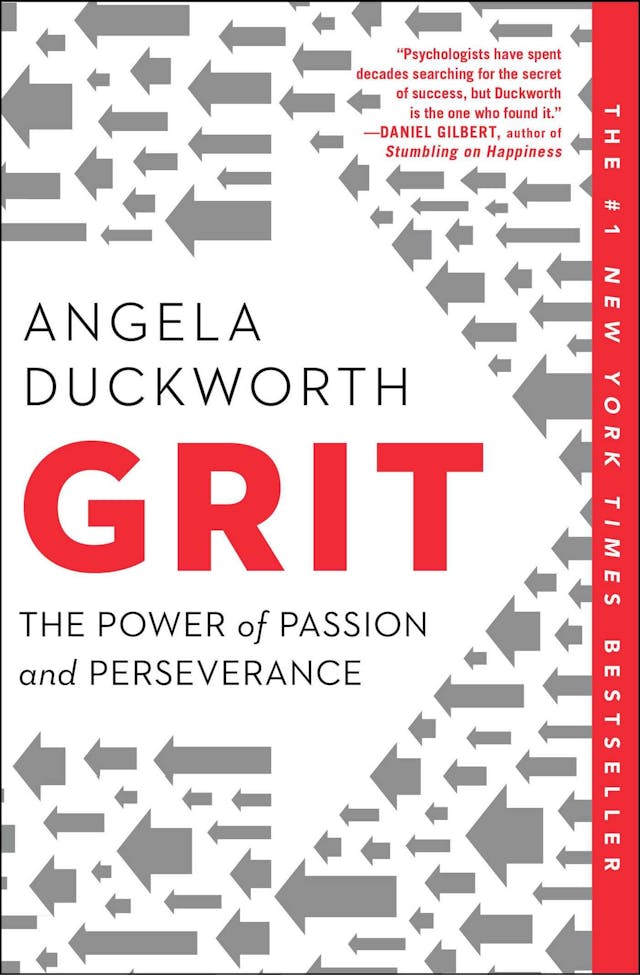The Lean Startup: How Today’s Entrepreneurs Use Continuous Innovation to Create Radically Successful Businesses Summary
Key Takeaways
- Start small and validate your business ideas through a build-measure-learn feedback loop.
- Embrace agile development to minimize the time to take a product from concept to market.
- Innovation accounting is crucial to measure progress, set up milestones, and prioritize work.
- Pivoting or changing course based on what you learn is essential for finding the right market and maximizing efficiency.
- Success in a startup is not about good genes or being in the right place at the right time, but about being lean, agile, and continuous learning.
🌿 ReflectBay
Overthinking again?
You're not too much. You're just overwhelmed and it's okay. We help you untangle the noise and feel calmer.
We'll help you...
Summary
Ries introduces the concept of the 'Lean Startup,' which applies lean thinking to the process of innovation to improve the success rate of startups. The core idea is to validate business ideas through rapid iterations of product releases to maximize customer feedback and ensure the product meets consumer needs.
The book discusses strategies like the Minimum Viable Product (MVP) to test business hypotheses with minimal resources and the importance of pivoting or making a fundamental change to the product when initial assumptions fail.
Ries emphasizes the importance of actionable metrics over vanity metrics to gauge the true success of a product in the market and to guide decisions during development.
'The Lean Startup' offers practical advice on how entrepreneurs can efficiently manage and scale startups by focusing on customer feedback, iterative design, and product adaptation, making it an essential guide for anyone in the startup ecosystem.
Also recommended

Grit: The Power of Passion and Perseverance
Angela Duckworth
The 7 Habits of Highly Effective People: Powerful Lessons in Personal Change
Stephen R. Covey
